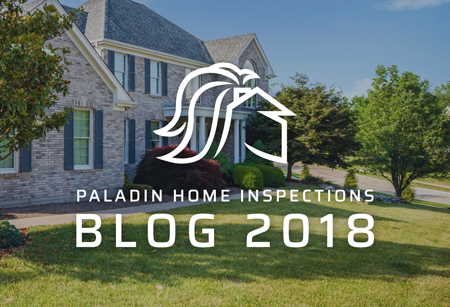Is your house depressed?
No? How about depressurized? (See how I did that? I got you to read past the headline.)
A combustion vent is a passive one, which means that it doesn’t have a fan. It supplies air to the furnace room. Gas-fired appliances like the furnace and water heater need oxygen to burn the fuel for proper combustion. How much? (sigh). Okay, here’s the math.
Click combustion air math
Air requirements calculations are based on 1,000 BTU’s (British Thermal Units. Don’t go too far into the weeds, we’ll be here all week.)
For every 1,000 BTU you need 10 cu.ft. of air for perfect combustion, plus 5 feet excess (because perfect doesn’t exist), and 15 feet for dilution air, used to slow and cool the exhaust gasses.That comes to 30 cu. ft. per 1,000 BTU.
So add up the BTU output of the gas-fired appliances. You can find that information on the label. A 40-gallon water heater typically produces 40,000 BTU/hr, an average furnace 200,00 BTU/hr. for a total of 240,000 BTU/hr. If both were running at the same time, they would need around 7,200 cubic feet of air.
The size of the room maters. Some furnace room are very large, and there’s plenty of free air. But sometimes people finish the basement and make the furnace room small.
So for everyone’s health and comfort, a combustion air vent is installed. The vent itself is just an insulated pipe in the furnace room. It’s about 8″ in diameter, and terminates outside. It’s open on the inside end, and screened on the outside.
At one time, folks thought it would be a good idea to connect the vent right to the return plenum of the furnace. That was a very bad idea, because the furnace fan actually PULLED cold air into the house. No good.
There are just a couple of things to remember.
- The correct size of the screen is between 1/4 inch and 1/2 inch. Too small and the dust blocks the vent too easily.
- The vent terminal on the side of the house should be high enough above the ground that it doesn’t blocked by snow.
- Remember to clean the vent regularly, at least once a year. Using a gloved hand, wipe the lint off the screen, or use a shop vac. Look out for wasps.
- Don’t block the vent inside the house. If your feet get cold, you can put the end in a waste paper basket, or tie the end up. (That’s called a goose neck. I don’t know why.)
Here’s a picture of lint on a vent. You’re welcome.
I welcome any questions or comments.
And good reviews on Google My Business.
I really like those.



